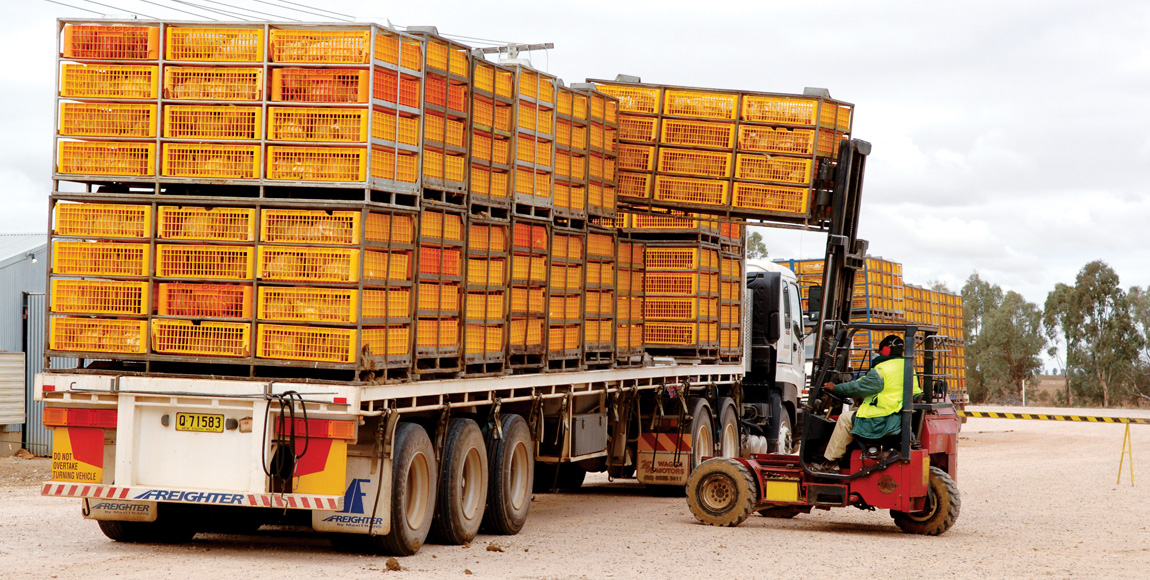The importance of correct vehicle loading

Overloading and incorrect load placement on a truck can be extremely dangerous, and can result in expensive mechanical repairs
All truck manufacturers design their vehicles to safely carry the specified load as illustrated on the vehicle data plate. In calculating these loads, the manufacturer assumes that the operator will correctly load the vehicle with an evenly distributed load, without overloading any axle, or exceeding the maximum gross vehicle mass, or gross combination mass rating.
Many heavy loads are incorrectly positioned on the vehicle, because the driver has no idea about the mass distribution of the load or axle loadings, making the vehicle unsafe to operate on the road. Incorrect mass distribution also contributes to early component failure and high maintenance costs.
Can we really blame the driver, if he has not been trained on the correct method of loading his vehicle?
Truck operators often place the load directly behind the cab when loading vehicles, or they load the vehicle evenly with the full load and then start off-loading from the rear in multi-stop operations. This results in a front axle overload during the last part of the journey.
Driver education is essential to ensure that a vehicle is loaded correctly. Drivers should be assisted to understand the correct method of loading a rigid vehicle by marking the centre of the truck body with a small indicating arrow that points at the load centre. They should also be taught to always endeavour to place the load evenly with the centre of the load placed at the arrow indicator.
Many benefits can be gained from correct vehicle loading:
• The vehicle will comply with the Road Traffic Regulations. Remember it is the responsibility of the registered owner of the vehicle to ensure that it complies with the law and is safe to operate on the road.
• Optimum tyre life can be achieved.
• Steering will be better with less wear on all front axle components.
• Good vehicle drive-wheel traction will be achieved.
• Optimum brake life can be achieved.
• Maximum spring life will be achieved; overloaded springs and suspension result in broken components.
Once the vehicle is loaded correctly, it is also important to ensure that the load is properly secured. How often do we hear about accidents on our roads where the cause is due to a load that has fallen from a vehicle? This situation also imposes a threat to other road users, as they are at risk of their vehicle being damaged by cargo falling from another truck.
In the past, we have witnessed situations where a truck has been involved in an accident and the load being transported has come loose from the impact of the accident and gone straight through the cab, killing the driver and passenger. Drivers must be trained on how to safely secure the load and must be supplied with the correct load-securing equipment.
Truck owners will not get the full return on their investment, unless the vehicle is correctly loaded to its maximum designed capacity.
Published by
Vic Oliver
focusmagsa




